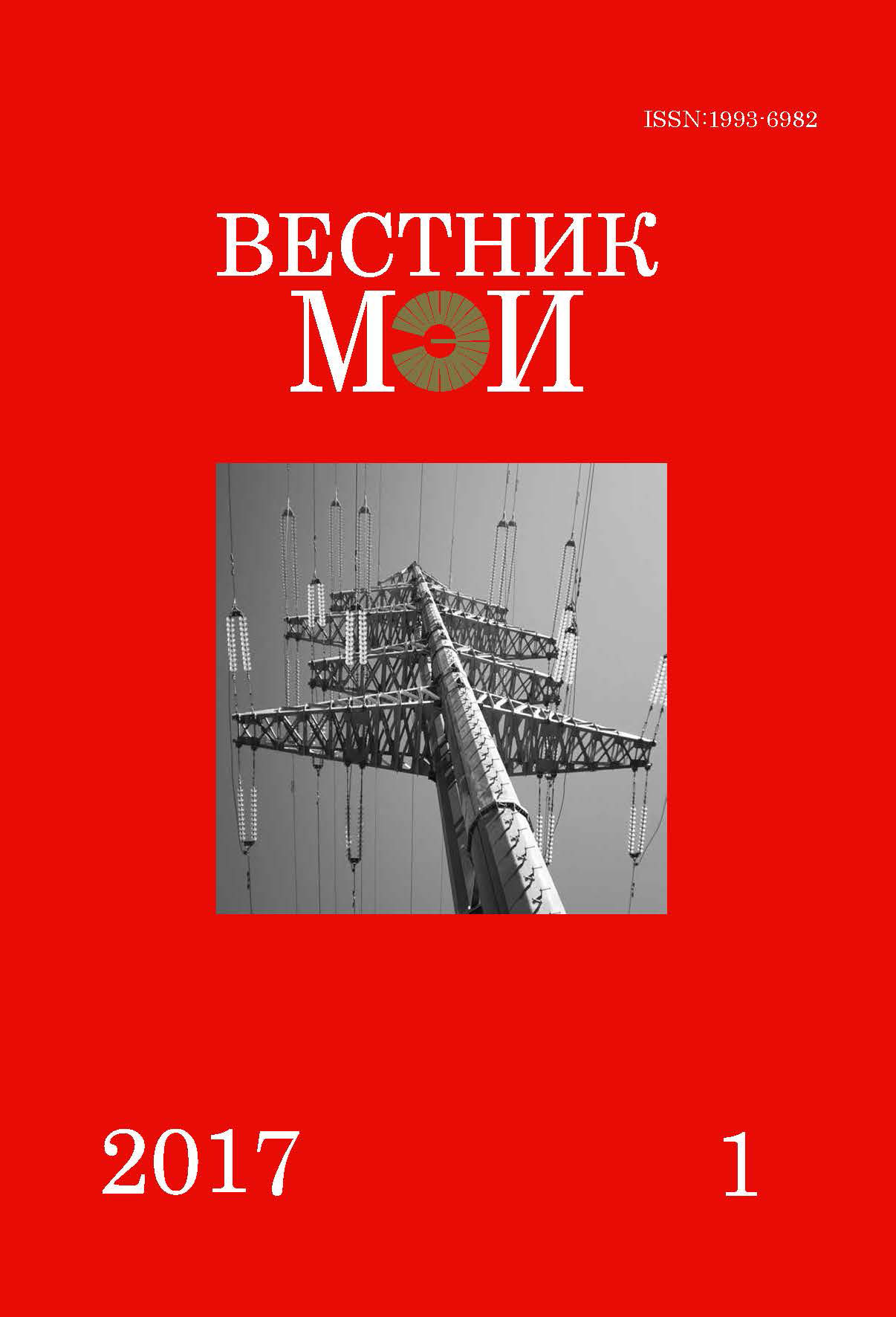Elaborating a Software Package for Solving Free-surface Hydrodynamic Problems Based on the MPS Method
Abstract
A software package developed for calculating liquid flows with free surface, including fragmentation and coalescence phenomena, is described. The software package is based on the Moving Particle Semi-implicit (MPS) numerical computation method, which uses semi-implicit approximation of motion equations and so-called moving "Lagrangian" particles for describing liquid flows. The entire liquid residing in the computational area is divided into a multitude of interacting zero-dimensional objects (liquid particles). Each of them is characterized by its own number, mass, volume, and current values of radius vector and hydrodynamic parameters (velocity, density and pressure). The equations describing the motion of particles are numerically solved in three steps. (1) For each particle, its motion equation is explicitly approximated with omitting the pressure term, and a preliminary value of the particle's velocity is determined at the new time step. This velocity value is used for calculating the preliminary value of particle coordinates at the new time layer. (2) To fulfill the continuity equation, the pressure field is calculated at the new time step by solving the Poisson equation, which is obtained by combining the equations of continuity and motion. (3) The pressure values calculated at the new time layer are used to determine corrections to the preliminary values of liquid particle velocities, which are then used to calculate the coordinates of particles at the new moment of time. Using the developed software package, the input data for the hydrodynamic model under study can be entered in the online mode with subsequently visualizing the liquid pressure and velocity fields in the course of calculation. Calculation examples demonstrating the capabilities of the developed software, specifically, transformation of a liquid droplet and collapse of the liquid column in a pool, are given.
References
2. Ri-Qiang Duan, S. Koshizuka, Y. Oka. Two¬Dimensional Simulation of Drop Deformation and Breakup at Around the Critical Weber Number // Nuclear Engineering and Design. 2003. Vol. 225. Issue 1. P. 37—48.
#
1. Koshizuka S., Oka Y. Moving-particle semi-Implicit Method for Fragmentation of Incompressible Fluid. Nuclear Science and Engineering. 1996;123:421—434.
2. Duan Ri-Qiang, Koshizuka S., Oka Y. Two¬Dimensional Simulation of Drop Deformation and Breakup at Around the Critical Weber Number. Nuclear Engineering and Design. 2003;225(1):37—48.




